Home>Articles>What Is The Recommended Finishes For Interior Walls And Ceilings In Kitchen Prep Areas?
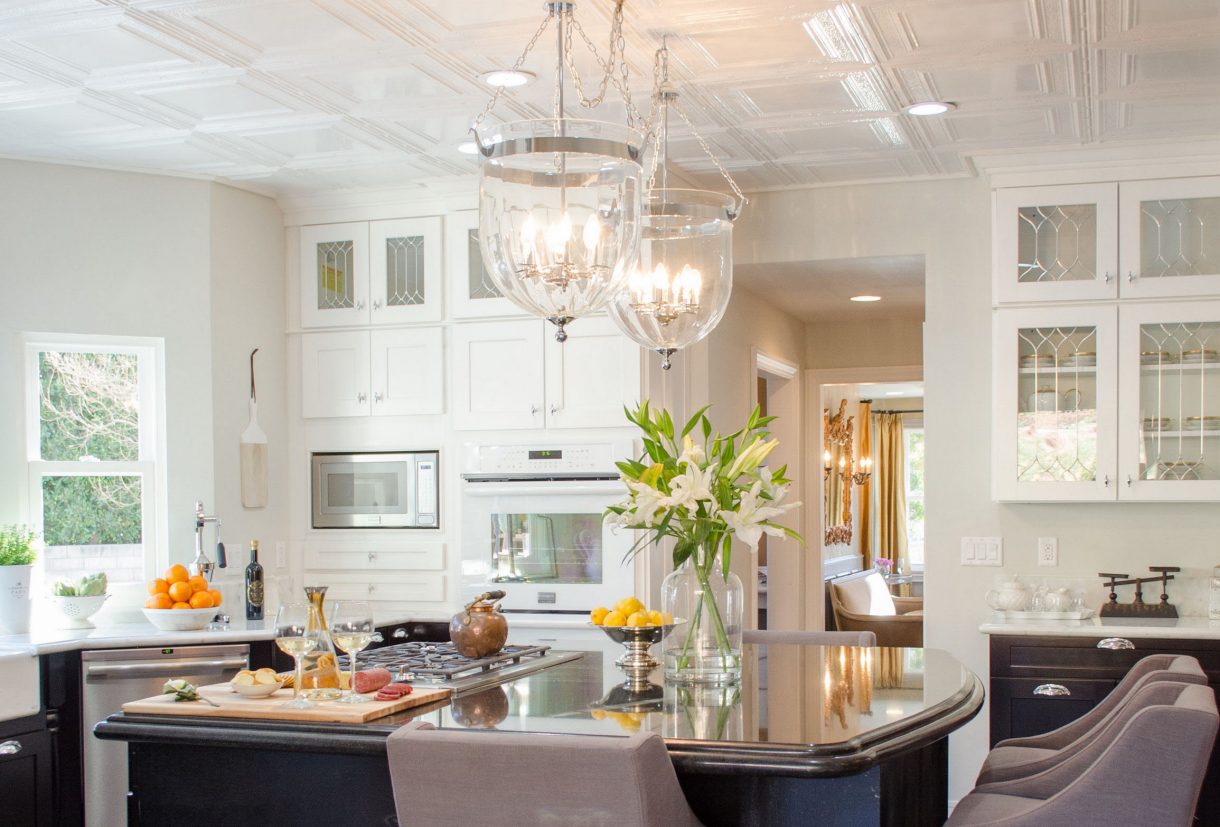

Articles
What Is The Recommended Finishes For Interior Walls And Ceilings In Kitchen Prep Areas?
Modified: December 7, 2023
Discover the recommended finishes for interior walls and ceilings in kitchen prep areas with our informative articles. Enhance the functionality and aesthetics of your kitchen space now!
(Many of the links in this article redirect to a specific reviewed product. Your purchase of these products through affiliate links helps to generate commission for Storables.com, at no extra cost. Learn more)
Introduction
When it comes to kitchen prep areas, selecting the right finishes for the interior walls and ceilings is crucial. These areas are exposed to high levels of moisture, heat, and food splatters, making it essential to choose materials that are durable, hygienic, and easy to clean. The right finishes not only contribute to the aesthetics of the space but also play a significant role in maintaining a clean and sanitary environment.
In this article, we will explore some of the recommended finishes for interior walls and ceilings in kitchen prep areas. From paint to stainless steel panels, each option offers its own set of benefits and considerations. Let’s dive in and discover the best options for creating a functional and visually appealing space in your kitchen.
Key Takeaways:
- Epoxy coatings and stainless steel panels are ideal for kitchen prep areas due to their durability, resistance to moisture, and ease of maintenance. They provide a hygienic and visually appealing finish for a busy kitchen environment.
- Vinyl wallpaper and ceramic tiles offer versatile and cost-effective options for enhancing the aesthetics of kitchen prep areas. Their durability, moisture resistance, and wide range of design options make them a practical choice for creating an inviting kitchen space.
Read more: What Paint Finish For Interior Walls
Paint
Paint is one of the most common and versatile finishes for interior walls and ceilings in kitchen prep areas. It is available in a wide range of colors and finishes, allowing you to create the desired aesthetic for your space. When selecting paint for kitchen prep areas, it is important to choose a high-quality, washable paint that is specifically formulated for high-moisture and high-traffic areas.
One popular option is an epoxy-based paint, which is highly durable, resistant to moisture and stains, and easy to clean. Epoxy paint creates a smooth, seamless surface that is resistant to chipping and cracking, making it ideal for areas prone to heavy use. It also offers excellent adhesion to various substrates, including concrete, drywall, and metal, providing long-lasting protection against wear and tear.
Another consideration when choosing paint for kitchen prep areas is the finish. Satin or semi-gloss finishes are commonly used as they are easier to clean and more resistant to stains and moisture than flat or matte finishes.
When applying paint, it is essential to properly prepare the surfaces by cleaning and priming them. This helps ensure good adhesion and a smooth, uniform finish. Regular maintenance such as touch-ups and cleaning with mild detergents are necessary to keep the painted surfaces in good condition.
Overall, paint is a versatile and cost-effective option for kitchen prep areas. It allows for easy customization, provides a durable and washable finish, and can be refreshed with minimal effort. However, it is important to choose high-quality paint specifically designed for high-moisture areas and to properly maintain the painted surfaces to ensure longevity and performance.
Epoxy Coating
Epoxy coating is a highly durable and resistant finish that is commonly used in kitchen prep areas. Made from a combination of epoxy resin and hardener, this coating creates a protective layer over the walls and ceilings, providing excellent resistance to moisture, chemicals, and impact.
Epoxy is known for its seamless and non-porous surface, making it an ideal choice for areas where hygiene is a top priority. It is resistant to stains, mold, and bacteria, making it easy to clean and maintain. Additionally, epoxy coatings can withstand high temperatures, making them suitable for use near cooking equipment.
One of the key advantages of epoxy coating is its ability to create a smooth and uniform surface. This makes it easier to keep the kitchen clean and prevents the accumulation of dirt and grime in hard-to-reach areas. The seamless finish also eliminates cracks and crevices where bacteria can grow, ensuring a hygienic environment.
When applying epoxy coating, it is essential to properly prepare the surface by cleaning, repairing any imperfections, and applying a primer. The epoxy coating is then applied in multiple layers to achieve the desired thickness and durability. It is important to follow the manufacturer’s instructions and recommendations for application and curing times.
While epoxy coatings offer numerous benefits, there are a few considerations to keep in mind. They can be more expensive than other finishes, and the application process requires some skill and expertise. Additionally, epoxy coatings can be prone to yellowing or discoloration over time when exposed to UV light, so they may be better suited for areas that are not directly exposed to sunlight.
Overall, epoxy coating is an excellent choice for kitchen prep areas that require a high level of durability, hygiene, and ease of maintenance. Its seamless and non-porous surface provides a hygienic environment, while its resistance to moisture, chemicals, and impact ensures a long-lasting finish. With proper application and regular maintenance, epoxy coatings can contribute to a functional and visually appealing kitchen space.
Ceramic Tiles
Ceramic tiles are a popular choice for interior walls and ceilings in kitchen prep areas due to their durability, versatility, and aesthetic appeal. These tiles are made from a mixture of clay, minerals, and water, which are shaped, kiln-fired, and then glazed to create a hard and moisture-resistant surface.
One of the main advantages of ceramic tiles is their resistance to moisture, heat, and stains. This makes them an excellent choice for kitchen prep areas that are subject to high levels of humidity and frequent cleaning. Ceramic tiles are also available in a wide range of colors, patterns, and textures, allowing for endless design possibilities.
When selecting ceramic tiles for kitchen prep areas, it is important to choose tiles that are specifically designed for high-moisture and high-traffic areas. Look for tiles with a high PEI (Porcelain Enamel Institute) rating, as this indicates their suitability for heavy-duty use. Additionally, opt for tiles with a slip-resistant surface to minimize the risk of accidents in a busy kitchen environment.
Installation of ceramic tiles requires proper surface preparation and skillful tile setting techniques. It is important to ensure a level and sturdy substrate to prevent cracking or loosening of the tiles. Grout lines should also be properly sealed to prevent water penetration and staining.
To maintain ceramic tiles, regular cleaning with mild detergents or tile-specific cleaners is recommended. It is important to avoid using abrasive cleaners or tools that can scratch the glazed surface. Periodic resealing of grout lines can help maintain their cleanliness and prevent the growth of mold or mildew.
While ceramic tiles offer excellent durability and resistance to moisture, they can be more expensive and time-consuming to install compared to other finishes. Additionally, the hard surface of tiles can be less forgiving to dropped items and can create a noisier environment. However, with proper care and maintenance, ceramic tiles can provide a beautiful and long-lasting finish to kitchen prep areas.
Stainless Steel Panels
Stainless steel panels are a sleek and modern choice for interior walls and ceilings in kitchen prep areas. They offer durability, ease of maintenance, and a hygienic surface that is resistant to heat, moisture, stains, and bacteria.
One of the main advantages of stainless steel panels is their ability to withstand heavy use and frequent cleaning. They are highly resistant to scratches, dents, and corrosion, making them an excellent choice for areas that experience high traffic and exposure to moisture and food splatters.
Stainless steel panels also have a non-porous surface, which prevents the growth of bacteria and makes them easy to clean. They can be wiped down with a mild detergent and water, without the need for any harsh chemicals or abrasive cleaners. This makes stainless steel panels a popular choice for commercial kitchens where hygiene is of utmost importance.
In terms of aesthetics, stainless steel panels provide a sleek and contemporary look that is often associated with professional kitchens. Their reflective surface can help create a sense of brightness and cleanliness in the space. Furthermore, stainless steel panels can be easily integrated with other kitchen elements such as appliances and countertops, creating a seamless and cohesive look.
Installation of stainless steel panels requires proper mounting techniques to ensure a secure and smooth finish. It is important to work with a professional installer who can accurately measure and cut the panels to fit the specific dimensions of the walls and ceilings.
While stainless steel panels offer numerous advantages, they can be more expensive compared to other finishes. Additionally, due to their reflective surface, fingerprints and smudges may be more visible, requiring regular cleaning to maintain their pristine look. However, with their durability, ease of maintenance, and modern aesthetic, stainless steel panels are an excellent choice for kitchen prep areas that require a hygienic and stylish finish.
When choosing finishes for interior walls and ceilings in kitchen prep areas, it is recommended to use washable and durable materials such as semi-gloss or satin paint, as they are easier to clean and maintain in a high-traffic area.
Read more: What Nap For Interior Walls
Vinyl Wallpaper
Vinyl wallpaper is a versatile and cost-effective option for interior walls and ceilings in kitchen prep areas. Made from a vinyl coating on a paper or fabric backing, this type of wallpaper offers both aesthetic appeal and practical functionality.
One of the main advantages of vinyl wallpaper is its durability and resistance to moisture. It can withstand high levels of humidity, making it suitable for kitchen environments where steam and splashes are common. Vinyl wallpaper is also easy to clean, as it can be wiped down with a damp cloth or mild detergent without causing damage to the surface.
Vinyl wallpaper is available in a wide variety of patterns, colors, and textures, allowing for endless design possibilities. Whether you prefer a bold and vibrant look or a subtle and textured finish, there is a vinyl wallpaper option to suit your taste and style.
Another benefit of vinyl wallpaper is its ability to hide imperfections in the walls or ceilings. The vinyl coating provides a smooth and uniform surface, concealing any minor cracks or unevenness. This makes vinyl wallpaper a convenient and cost-effective solution for revitalizing the appearance of kitchen prep areas.
Installation of vinyl wallpaper is relatively straightforward, although it requires proper surface preparation and adhesive application. It is important to clean and prime the walls or ceilings before applying the wallpaper to ensure good adhesion. Additionally, vinyl wallpaper can be easily removed and replaced if desired, allowing for flexibility in design changes.
While vinyl wallpaper is a durable choice for kitchen prep areas, it may not be as resistant to harsh cleaning chemicals or excessive scrubbing as other finishes. It is important to follow the manufacturer’s instructions for cleaning and maintenance to preserve the integrity of the wallpaper. Additionally, vinyl wallpaper may not be suitable for areas prone to extreme temperatures or direct exposure to moisture.
Overall, vinyl wallpaper offers an affordable and versatile option for enhancing the appearance of kitchen prep areas. With its durability, moisture resistance, and wide range of design options, vinyl wallpaper can transform a space into a visually appealing and inviting environment.
Laminate Panels
Laminate panels are a popular choice for interior walls and ceilings in kitchen prep areas due to their durability, versatility, and ease of maintenance. Made from layers of paper or fabric impregnated with a resin and finished with a protective overlay, laminate panels offer a durable and hygienic surface that can withstand the demands of a busy kitchen environment.
One of the main advantages of laminate panels is their resistance to moisture, stains, and impact. They are designed to be highly durable and can handle frequent cleaning, making them ideal for areas where hygiene is of utmost importance. Laminate panels are also available in a variety of colors and patterns, allowing for endless design possibilities.
When selecting laminate panels for kitchen prep areas, it is important to choose high-quality panels that are specifically designed for high-moisture and high-traffic areas. Look for panels with a high Abrasion Class (AC) rating, as this indicates their suitability for heavy-duty use. Additionally, opt for panels with a textured surface to minimize the appearance of scratches or fingerprints.
Installation of laminate panels is relatively straightforward, although it requires proper surface preparation and adhesive application. The panels are typically installed with a tongue and groove system, which ensures a secure and seamless finish. It is important to follow the manufacturer’s instructions for installation and to leave a small gap for expansion and contraction.
Laminate panels are easy to clean and maintain. A regular wipe down with a mild detergent or a non-abrasive cleaner is sufficient to keep the surface clean and free of germs. It is important to avoid using abrasive materials or harsh chemicals that can damage the protective overlay.
While laminate panels offer numerous benefits, they may not be as heat-resistant as other finishes, and care should be taken to avoid direct contact with hot objects. Additionally, over time the protective overlay may show signs of wear and tear, and it may need to be replaced to maintain the appearance of the panels.
Overall, laminate panels provide a durable, versatile, and cost-effective option for kitchen prep areas. With their resistance to moisture, stains, and impact, as well as their ease of maintenance, laminate panels can enhance the functionality and aesthetics of any kitchen space.
Plasterboard
Plasterboard, also known as drywall or gypsum board, is a popular choice for interior walls and ceilings in kitchen prep areas. Made from a core of gypsum sandwiched between layers of paper, plasterboard offers a smooth and durable surface that is relatively easy to install and maintain.
One of the main advantages of plasterboard is its affordability and availability. It is widely used in construction due to its cost-effectiveness and versatility. Plasterboard is also lightweight and easy to handle, making it a convenient option for both professional installers and DIY enthusiasts.
When it comes to kitchen prep areas, moisture resistance is a crucial factor to consider. Moisture-resistant plasterboard, also known as green board or moisture-resistant drywall, is specially designed to withstand high humidity and moisture levels. This type of plasterboard is treated with additives that make it resistant to moisture absorption and mold growth, making it suitable for kitchen environments where moisture is a concern.
Installation of plasterboard involves cutting the boards to size and attaching them to the wall or ceiling using nails or screws. Proper taping and joint compound application are then necessary to create a smooth and seamless finish. It is essential to follow the manufacturer’s guidelines and consult professionals for proper installation techniques.
Plasterboard can be painted or covered with decorative finishes such as wallpaper or texture coatings. It provides a blank canvas for customization, allowing for endless design possibilities to suit your kitchen’s style and theme.
While plasterboard is a cost-effective option, it is important to note that it may not be as durable or resistant to impact compared to other finishes. Care should be taken to avoid excessive force or accidental damage that could result in cracks or holes. Regular maintenance, such as patching and repainting, may be necessary to keep the plasterboard surfaces in good condition.
Overall, plasterboard offers a versatile and affordable option for kitchen prep areas. With proper installation and maintenance, moisture-resistant plasterboard provides a smooth and durable surface that can serve as a backdrop for your kitchen’s design elements.
Fiberglass Reinforced Panels
Fiberglass reinforced panels, also known as FRP panels, are a durable and hygienic option for interior walls and ceilings in kitchen prep areas. Made from a strong fiberglass composite material, these panels offer excellent resistance to moisture, chemicals, and impact, making them ideal for high-moisture environments.
One of the main advantages of FRP panels is their exceptional durability. They are resistant to scratches, cracks, and dents, ensuring a long-lasting and low-maintenance finish in kitchen prep areas. FRP panels are also non-porous, which prevents the growth of bacteria and makes them easy to clean and sanitize.
FRP panels are available in a variety of colors and finishes, including smooth, textured, or embossed surfaces. This allows for flexibility in creating different looks and styles for your kitchen. The panels can be easily cut to fit specific dimensions and can be installed directly over existing walls or ceilings.
Installation of FRP panels is relatively straightforward. The panels can be affixed to the walls or ceilings using adhesive or mechanical fasteners, depending on the specific application. Proper surface preparation and following the manufacturer’s installation guidelines are essential to ensure a secure and seamless finish.
When it comes to maintenance, FRP panels are highly resistant to stains and chemicals, making them easy to clean. A simple wipe down with mild detergents or non-abrasive cleaners is usually sufficient. However, it is important to avoid using harsh chemicals or abrasive materials that can damage the surface of the panels.
While FRP panels offer numerous benefits, it is important to note that they may not provide a decorative finish on their own. To achieve a visually appealing look, FRP panels can be paired with other decorative elements such as paint or tiles. Additionally, FRP panels may be more expensive compared to other finishes, but their durability and long-term performance make them a worthwhile investment.
Overall, fiberglass reinforced panels provide a durable, hygienic, and low-maintenance option for kitchen prep areas. With their resistance to moisture, chemicals, and impact, FRP panels can create a functional and visually appealing environment that meets the demands of a busy kitchen.
Frequently Asked Questions about What Is The Recommended Finishes For Interior Walls And Ceilings In Kitchen Prep Areas?
Was this page helpful?
At Storables.com, we guarantee accurate and reliable information. Our content, validated by Expert Board Contributors, is crafted following stringent Editorial Policies. We're committed to providing you with well-researched, expert-backed insights for all your informational needs.
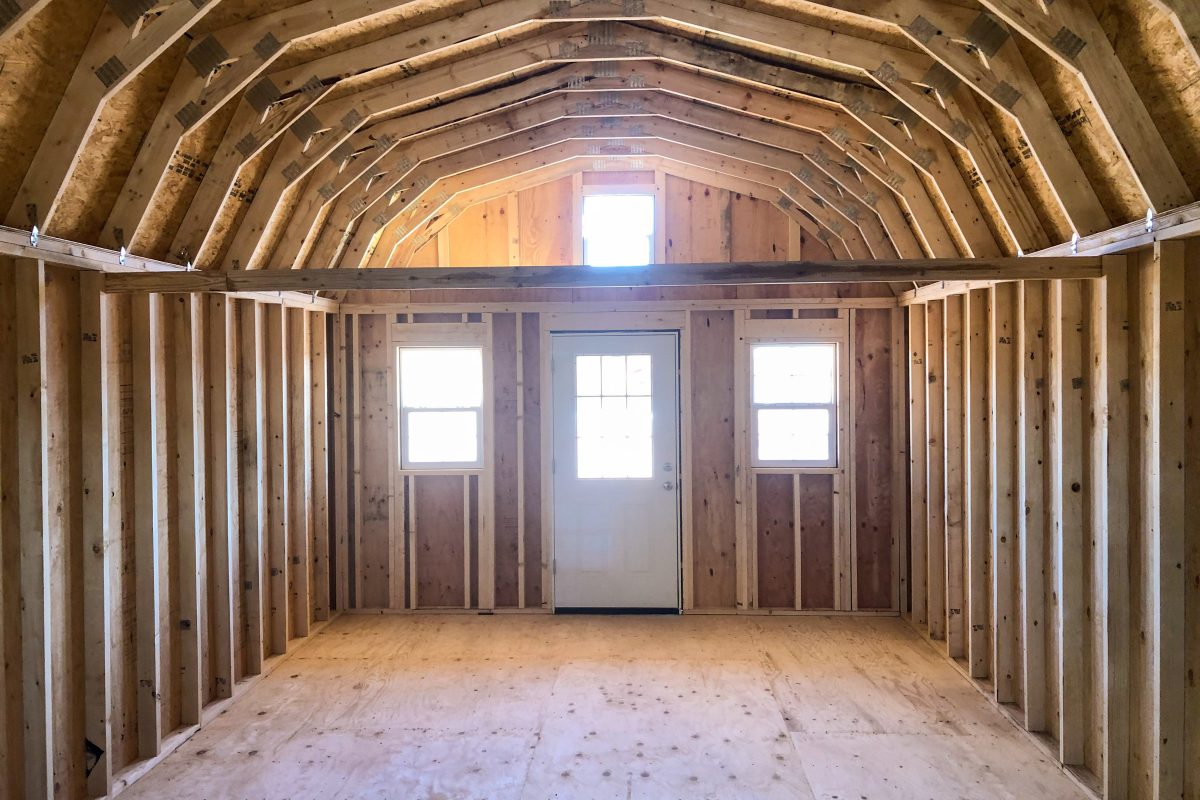
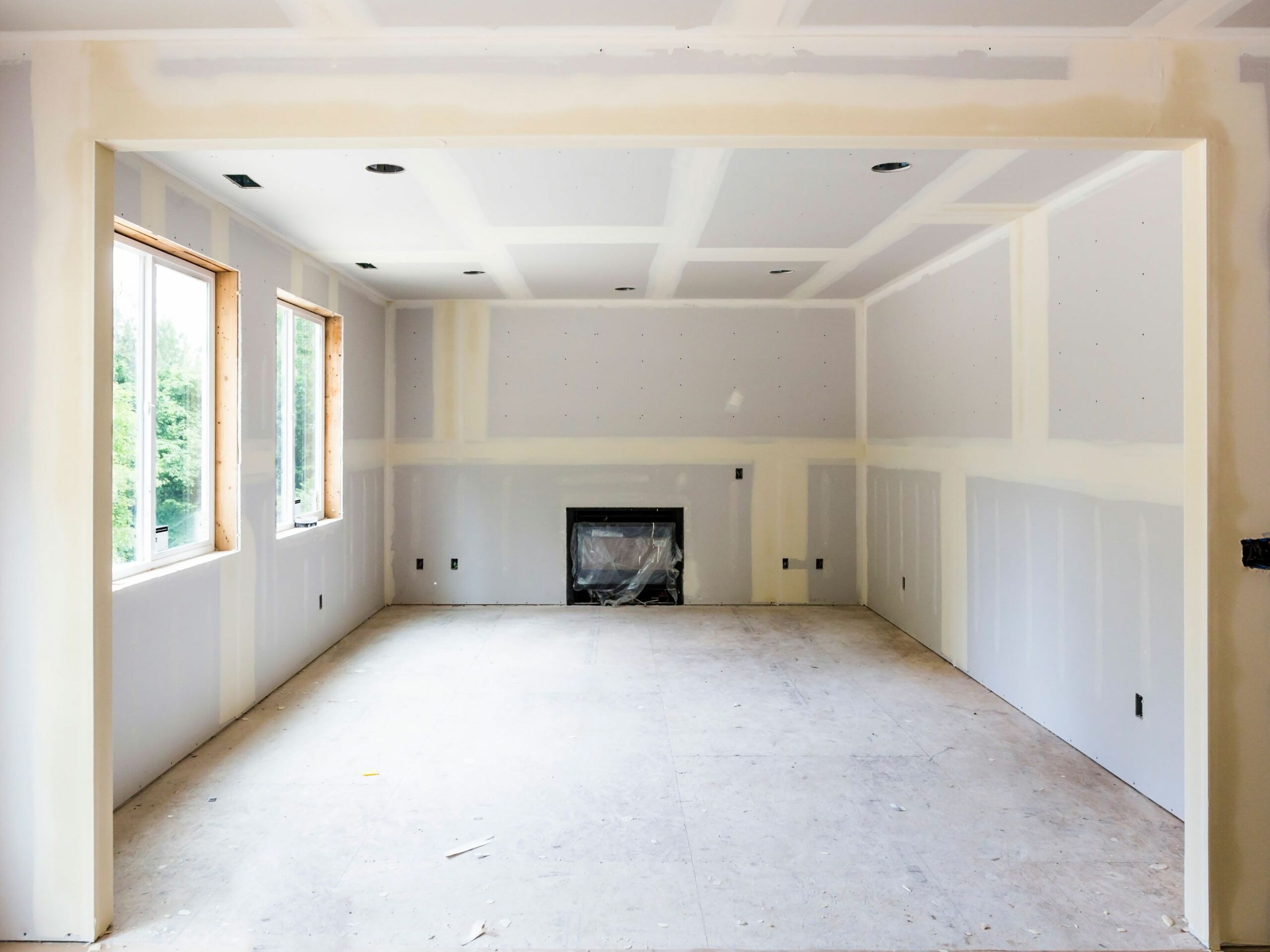
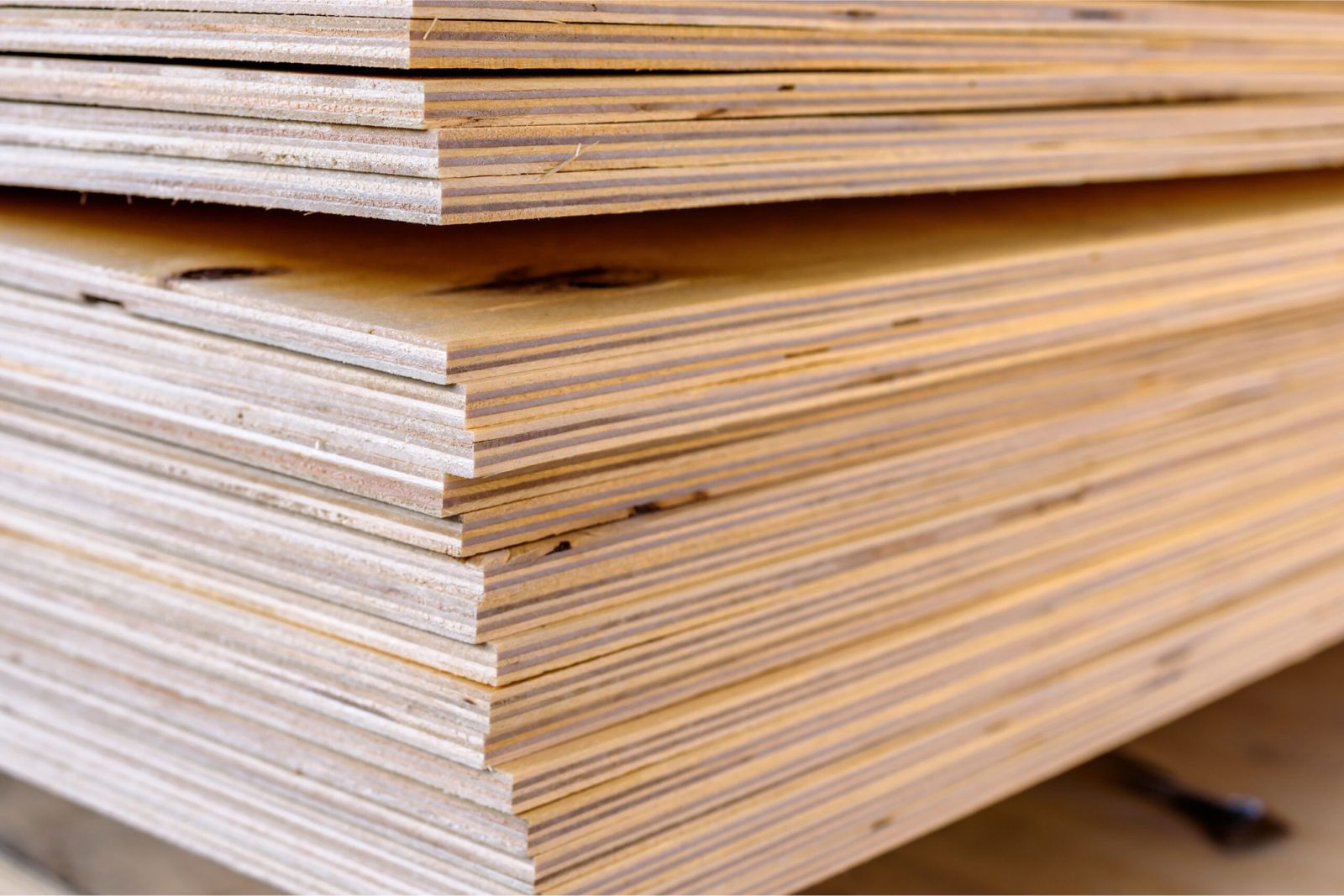
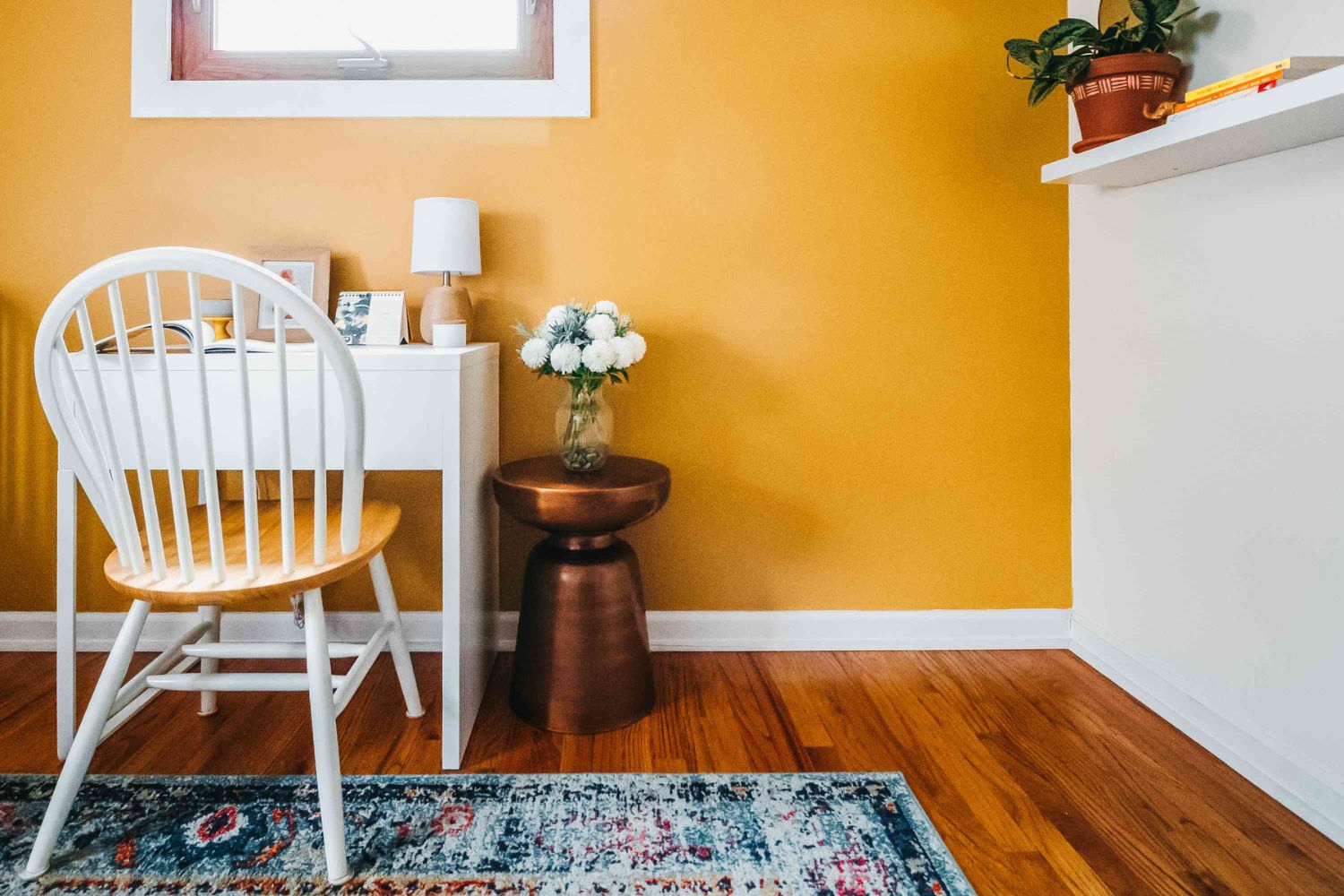
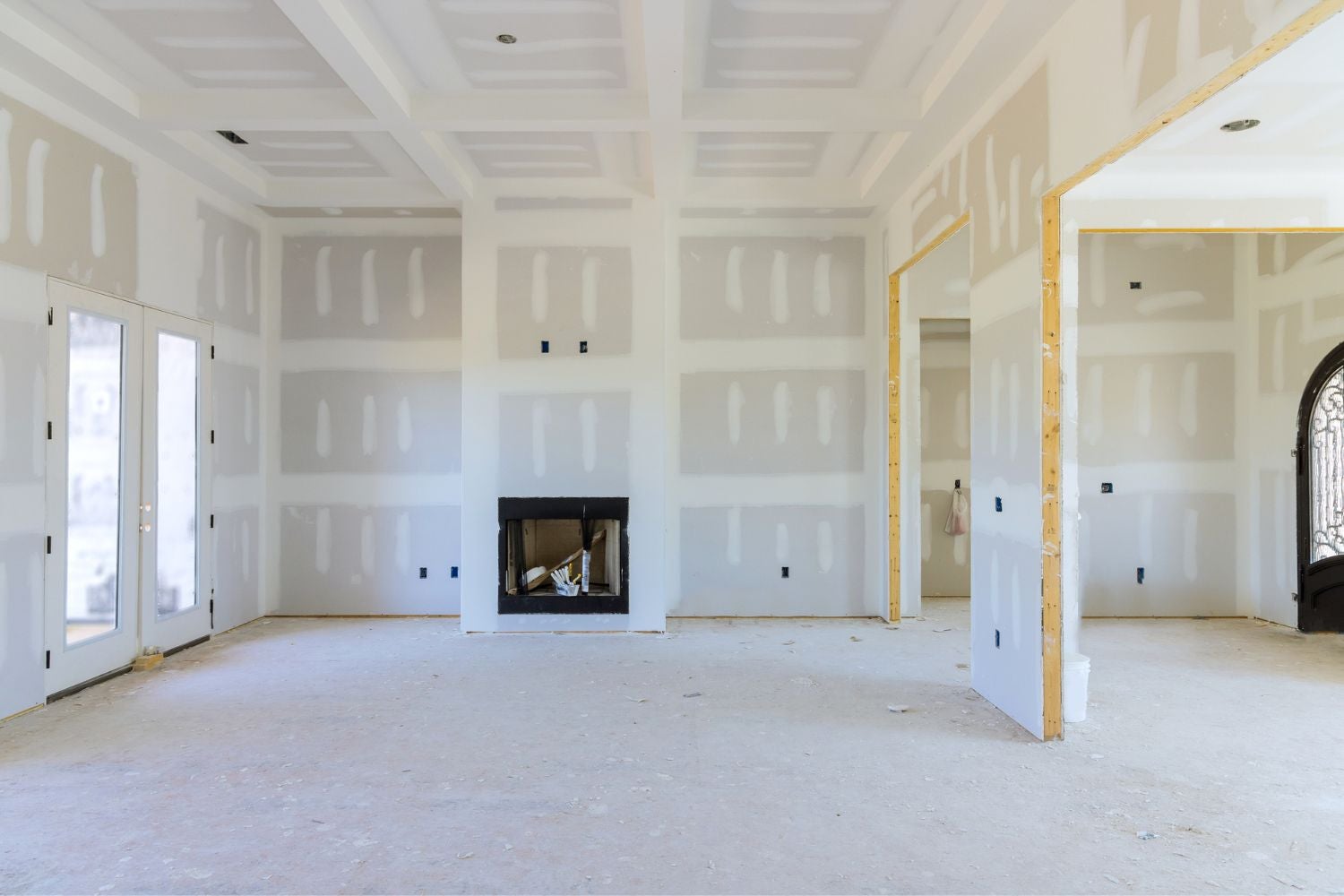
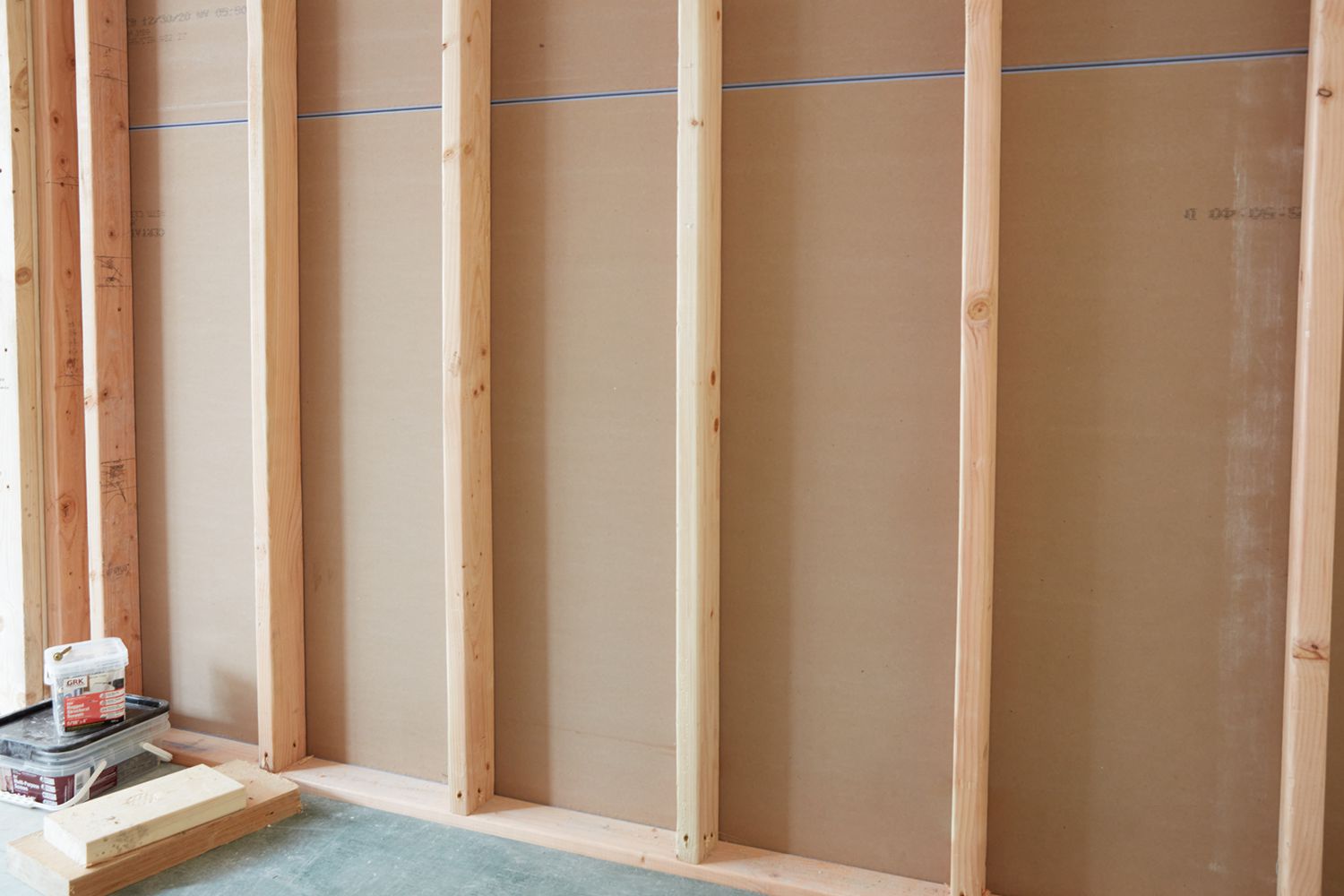
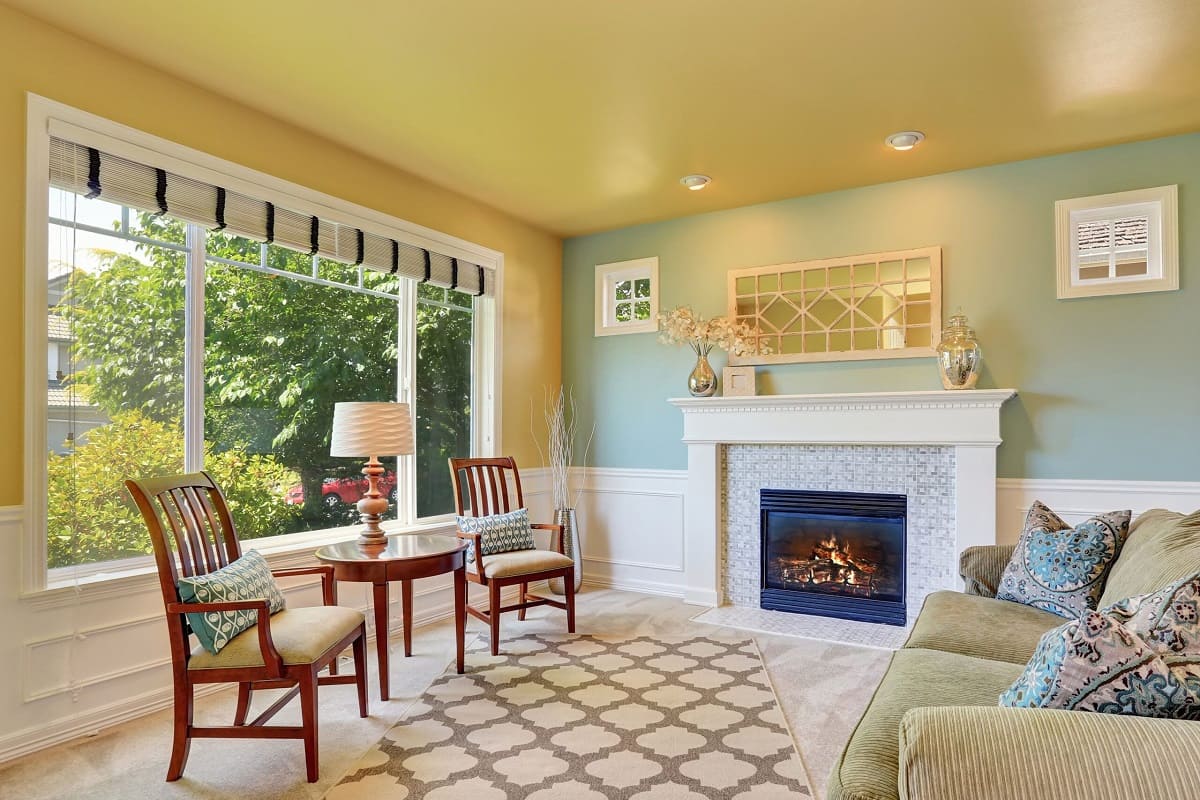
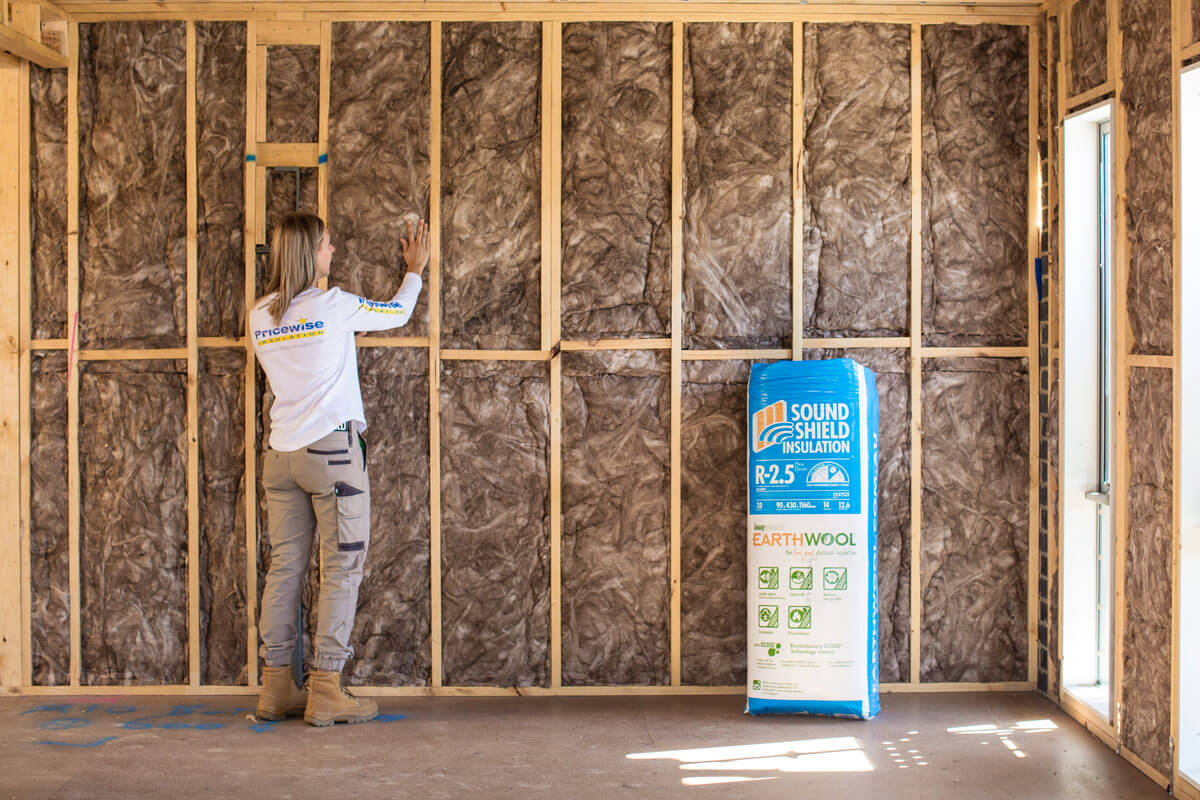
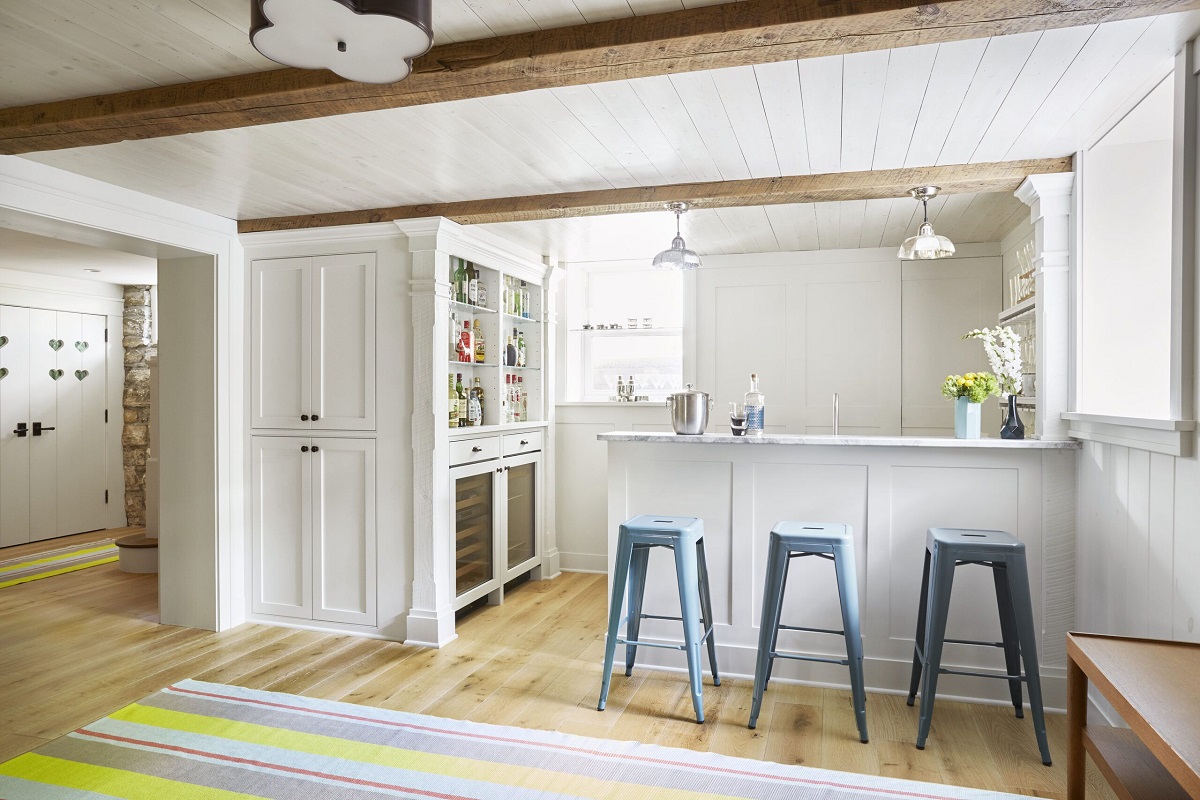
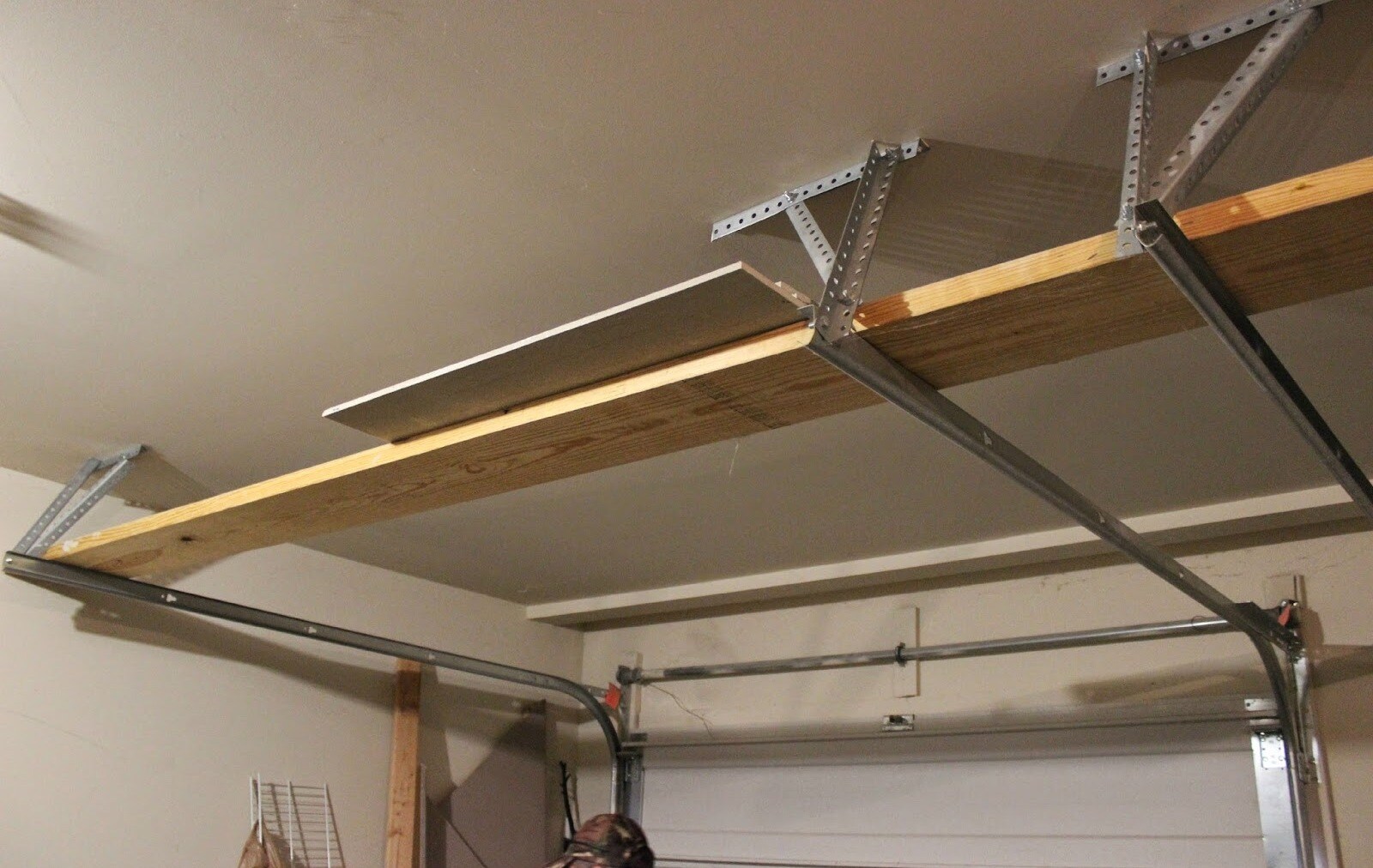
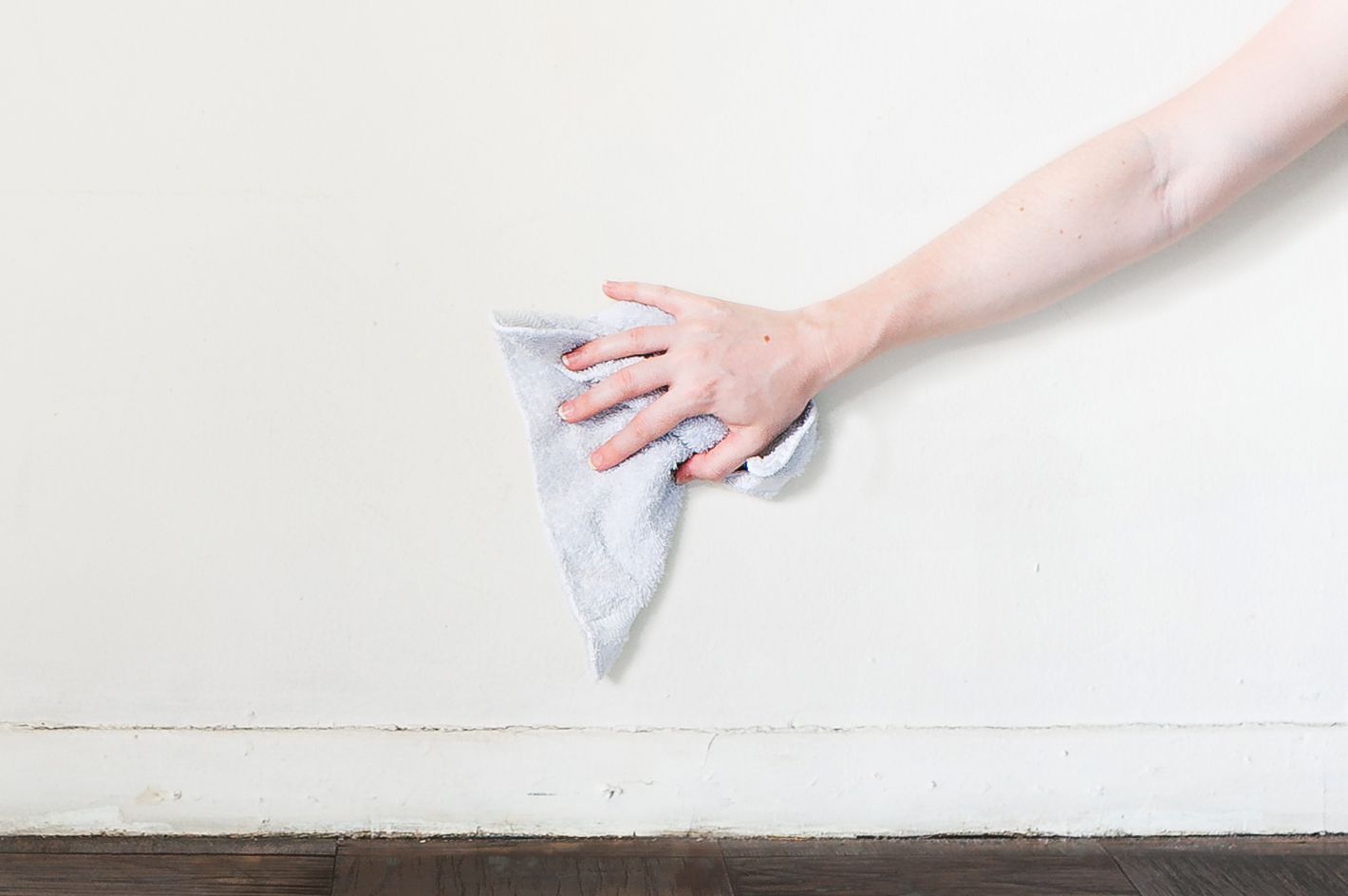
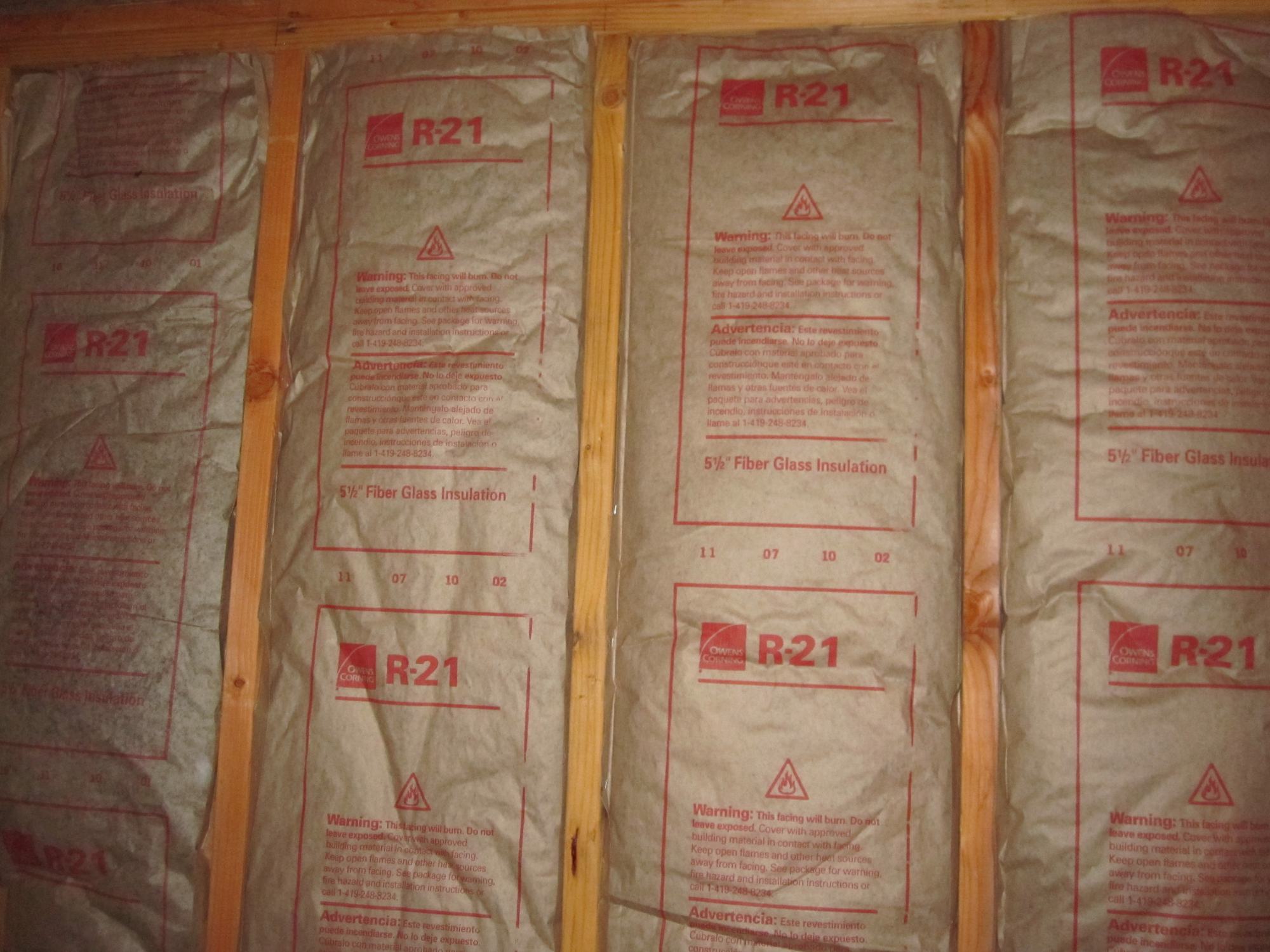
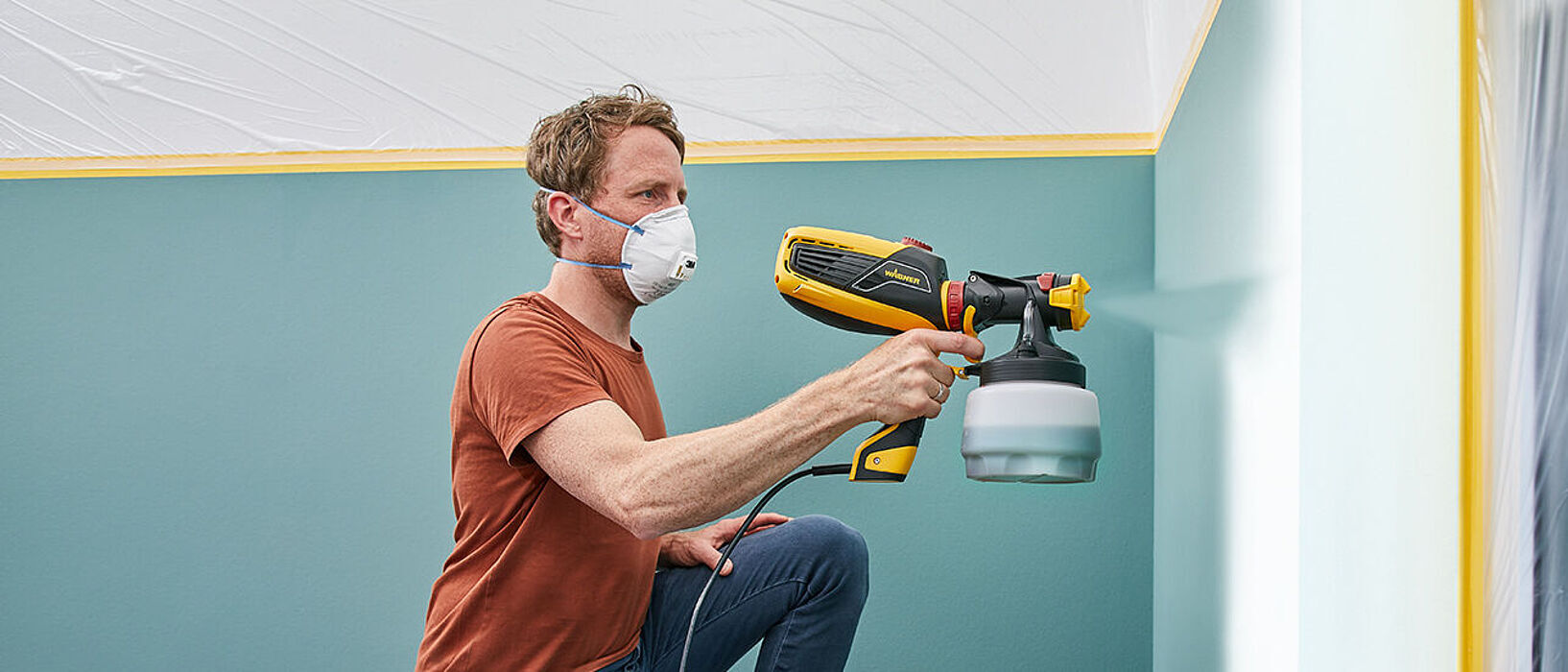
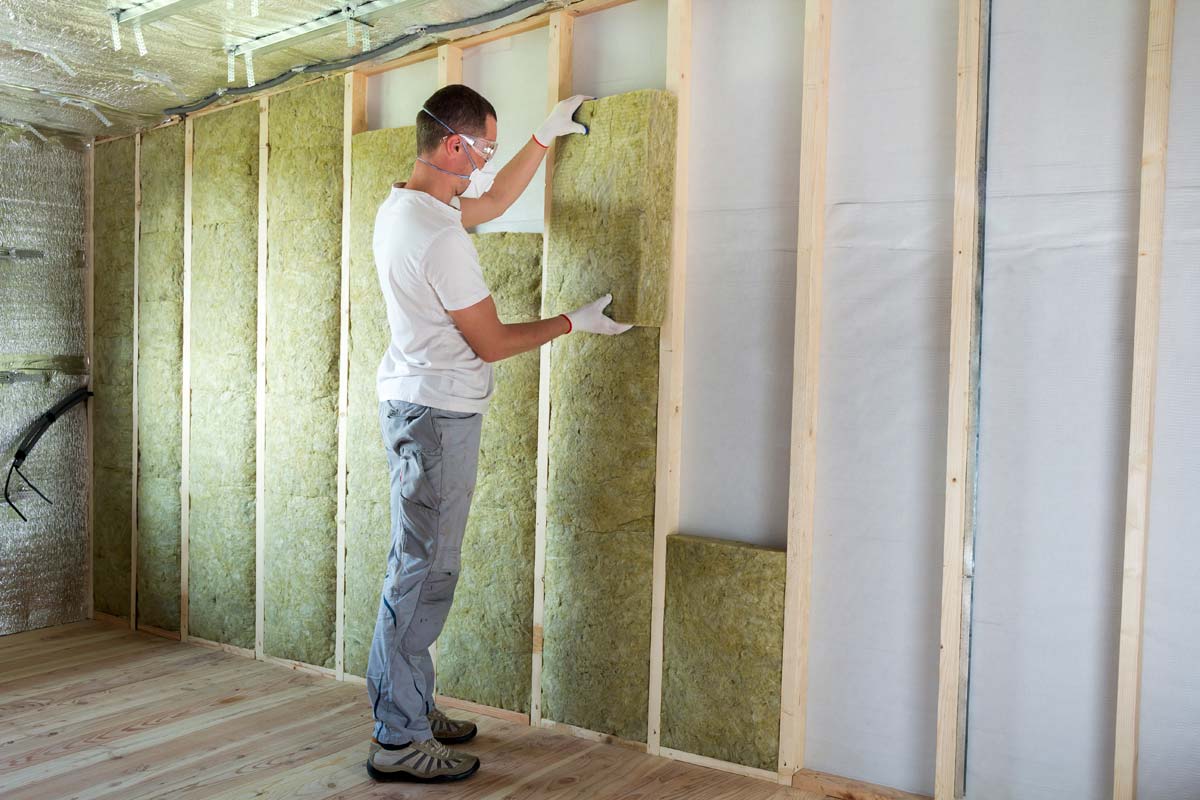

0 thoughts on “What Is The Recommended Finishes For Interior Walls And Ceilings In Kitchen Prep Areas?”